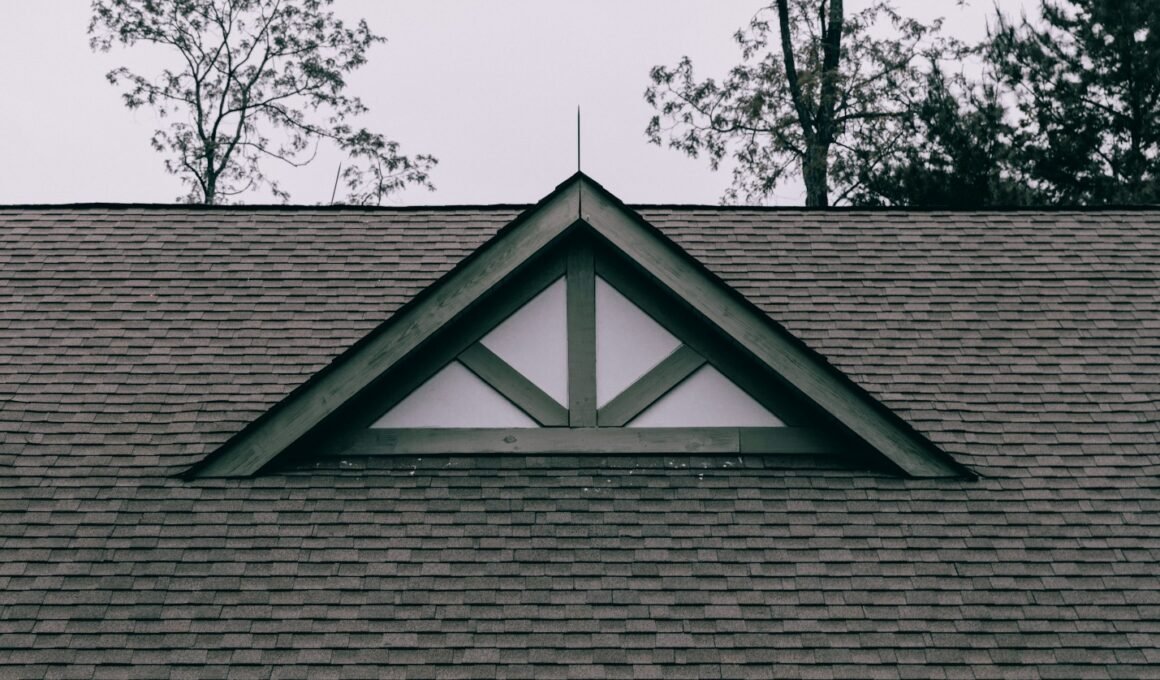Your roof works hard every day, shielding you from harsh sun, heavy rain, wind, and snow. But when was the last time you gave it a proper checkup? A roof doesn’t shout when it’s in trouble—it whispers. And if you miss the signs, small issues can turn into expensive repairs or full replacements. The good news? You don’t need to be a roofing expert to spot trouble early. With a bit of attention and a good inspection routine, you can protect your investment and avoid unpleasant surprises.
1. Why Regular Roof Inspections Matter
Too many homeowners forget about their roofs until water starts dripping from the ceiling. Regular roof inspections help you catch problems before they become disasters. Every season brings new challenges: summer heat can crack shingles, winter snow can stress the structure, and spring rains reveal leaks. By checking your roof twice a year, you stay ahead of wear and tear. Inspections save money by allowing for early repairs, rather than full replacements. Think of it like getting a checkup at the doctor—you don’t wait until something hurts to make sure everything’s okay.
2. Start with a Visual Check from the Ground
Before climbing ladders or calling in professionals, walk around your home and observe your roof from all angles. Look for visible signs of damage: sagging areas, missing shingles, discoloration, or debris buildup. Pay special attention to spots where the roof meets walls, chimneys, and vents—these intersections often hide early trouble. If you’ve recently experienced a storm with high winds or hail, your inspection becomes even more urgent. This is the right moment to hire professionals to conduct a detailed roof hail damage inspection. Hail can bruise shingles, loosen granules, and expose your roof to leaks down the line.
3. Don’t Ignore Your Attic
One of the best ways to spot roof issues is from the inside. Head into your attic with a flashlight and take a look around during daylight hours. You’re looking for sunlight peeking through the roof boards, which indicates holes or cracks. Damp insulation, mold growth, or water stains on wood beams are all signs of leaks. Even a faint musty smell can hint at hidden moisture. If your attic feels unusually hot or humid, that might point to poor ventilation—another issue that affects your roof’s long-term health. This quick indoor check often reveals what the outside hides.
4. Focus on Flashing and Roof Penetrations
Flashing is the metal or rubber sealant around features like chimneys, skylights, and vents. It prevents water from seeping into the spaces where the roof surface has been interrupted. Over time, flashing can crack, lift, or corrode, especially during harsh weather changes. Carefully inspect these areas for rust, gaps, or warped edges. These vulnerable spots often become the origin of major leaks. A failed flashing system can cause water to seep behind your walls or into your ceiling, leading to rot and mold. Give these zones extra attention—they protect the weakest parts of your roof structure.
5. Check the Condition of Shingles or Roofing Materials
Shingles act as your roof’s armor, and they’re often the first thing to show wear. Look for shingles that are curled, cracked, buckled, or completely missing. Asphalt shingles may lose granules, leaving bald spots that look patchy or discolored. Wooden shingles might appear splintered or moss-covered. If you have tile or metal roofing, look for signs of rust, chipping, or slipped tiles. Take note of where the damage appears—isolated wear might just need a patch, but widespread damage suggests a larger problem. Healthy roofing material means a better-sealed, longer-lasting barrier against the elements.
6. Watch for Sagging or Uneven Areas
A sagging roof isn’t just an eyesore—it’s a red flag for structural issues. When you notice a dip or curve in the roofline, especially near the center, it usually signals a weakened support system beneath. Common culprits include long-term water damage, deteriorating rafters, or excessive weight from snow and debris. These issues often develop gradually, but once they’re visible, they require immediate attention. Use binoculars to assess uneven areas from the ground or climb carefully to get a closer view. The sooner you catch these distortions, the better your chances of reinforcing the roof without needing major reconstruction.
7. Clean and Inspect Gutters and Downspouts
Your gutters are part of the roofing system, and when they’re clogged or damaged, they can back up water onto your roof. That trapped moisture eventually seeps into shingles and underlayment, leading to rot and mold. During your inspection, remove leaves, twigs, and debris from gutters. Make sure the downspouts allow water to flow freely and away from the foundation. While you’re cleaning, look for shingle granules or roofing fragments in the gutter. These particles indicate roof material breakdown. Proper drainage prevents overflow and prolongs the life of your roof, especially during heavy rainfall seasons.
8. Examine Roof Valleys and Ridges Closely
Valleys and ridges are natural weak points in a roof. Valleys, where two slopes meet, funnel rainwater and snowmelt toward the gutters. Ridges, the highest points where two planes meet, face continuous exposure to sun, wind, and debris. Because of these roles, both areas wear faster than flat surfaces. Check valleys for pooling water, cracked sealants, or debris buildup. Ridges should have tightly secured shingles or ridge caps with no signs of curling or wear. Any damage in these sections increases the chances of leaks and should be repaired quickly to maintain the roof’s overall integrity.
Your roof won’t always scream for help—but it will always benefit from a watchful eye. By taking the time to inspect it regularly and understanding what to look for, you give your home a stronger defense against the elements. Whether you spot a missing shingle, blocked gutter, or signs of aging, early detection makes all the difference. Don’t wait for a leak to remind you that your roof needs care. Use this guide to stay proactive, and when needed, don’t hesitate to bring in a pro. Your roof protects your home—now it’s your turn to protect your roof.



